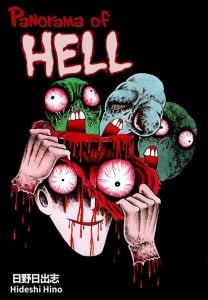
Panorama of Hell
Writer/Artist: Hideshi Hino
Letterer: Meg Argyriou
Translator: Dan Luffey
Publisher: Star Fruit Books
Genre: Horror
Horror thrives on its ability to shock people out of their comfort zones. Easy scares or breaking taboos are tools of the trade in this genre. However, horror lives with the genre’s ability to truly unsettle audiences. Horror is at its best when it uses metaphor or slightly changes the world around audiences to remind them of their greatest fears.
On the surface, Panorama of Hell by Hideshi Hino looks like a work of pure shock value. Unavailable for almost 30 years in the United States, Star Fruit Books has once again unleashed this book on a public that is probably not ready for it. A manga not for the faint of heart, calling Panorama of Hell deeply messed up seems like an understatement. At the same time, this manga might be a piece of disposable horror if it was simply about shocking people, but it’s not. In Panorama of Hell, the horrors Hino displays touch on the wider horrors both inflicted by and inflicted on Japan in the mid-twentieth century.
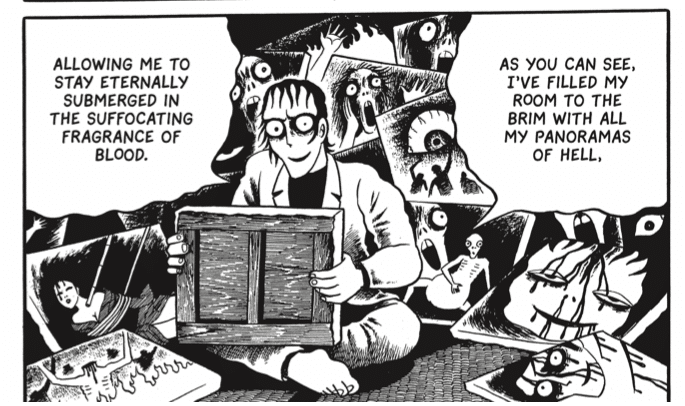
Panorama of Hell shocks and disgusts (in a good way)
Right from the cover, Panorama of Hell shocks and disgusts. The cover depicts a man ripping the skin off his face in glee and rotting heads of various colors, covered in maggots, groaning in agony. From there, the narrator spends the opening pages cutting himself or vomiting so that he can get enough blood to paint. The blood that comes out of him is thick and viscous. Severed heads fly around while corpses burn in incinerators. His narrator takes glee in the horrifying things around him, and each new page only seems to bring more shocking imagery.
Hino draws this all in a grotesque style that lends itself to visceral imagery. There is a darkly comic glee in the violence unleashed on each page. Every page reads like a kid who enjoys ripping the wings off an insect, as Hino’s imagination for violence and joy in depicting it seems boundless. Indeed, he seems to take great joy in seeing how much more he can shock his audience and possibly himself.
Yet, for all of its shock value, Panorama of Hell taps into a deeper vein of terror. This horror isn’t just rooted in Hino’s ability to gross people out. Panorama of Hell captures the various terrors underneath Japan’s post-war era. It’s as much about how people and country – both born of wartime trauma – as it is about inflicting trauma on others.
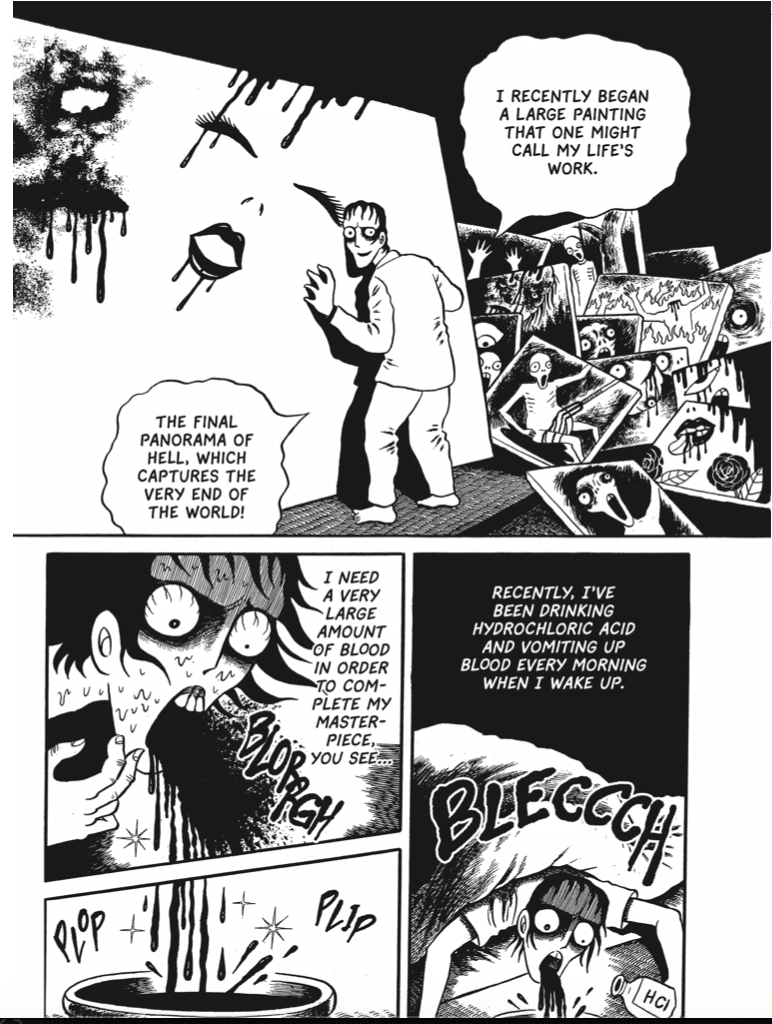
Hideshi Hino taps into his personal history
The greatest strength of Panorama of Hell lies in Hino tying in the horrors of his personal history with fictional ones. Much like the fictional narrator, Hino was born a colonist in the Japanese colony of Manchuria. His family barely escaped, with Hino claiming he remembers the violence inflicted on them. His grandfather was a Yakuza, while his father, a pig farmer, had a massive spider tattoo. Additionally, Hino was of the generation that grew up in a Japan devastated by atomic warfare.
All of these things, while fictionalized, make it into the horror of Panorama of Hell. The narrator’s family is one that inflicts violence upon each other with every generation. This family is doomed to madness and violence because the world around them is a mad and violent one. As he recounts his family escaping from Manchuria, he can’t help but comment on the madness and futility of Japan trying to start an empire. The narrator’s goal to paint a landscape of the apocalypse isn’t much of a stretch because that is the world around him. It’s a world that’s horrifying because of the industrialization of murder and the destruction of the environment. When the narrator claims to be the child of the atomic bomb, it’s easy to see that it applies to an entire generation of horror mangaka.
As much as Hino goes for pure shock value in his art is, Hino also knows how to create atmosphere. He drenches most of his pages in black. His use of black is more as a compositional choice than drenching everything in shadows. Hino interests lie in using the relationships between positive and negative spaces as a way to create maximum creepiness. The framing of figures in black only adds to the implication that these people are already doomed to their lives of madness and violence.
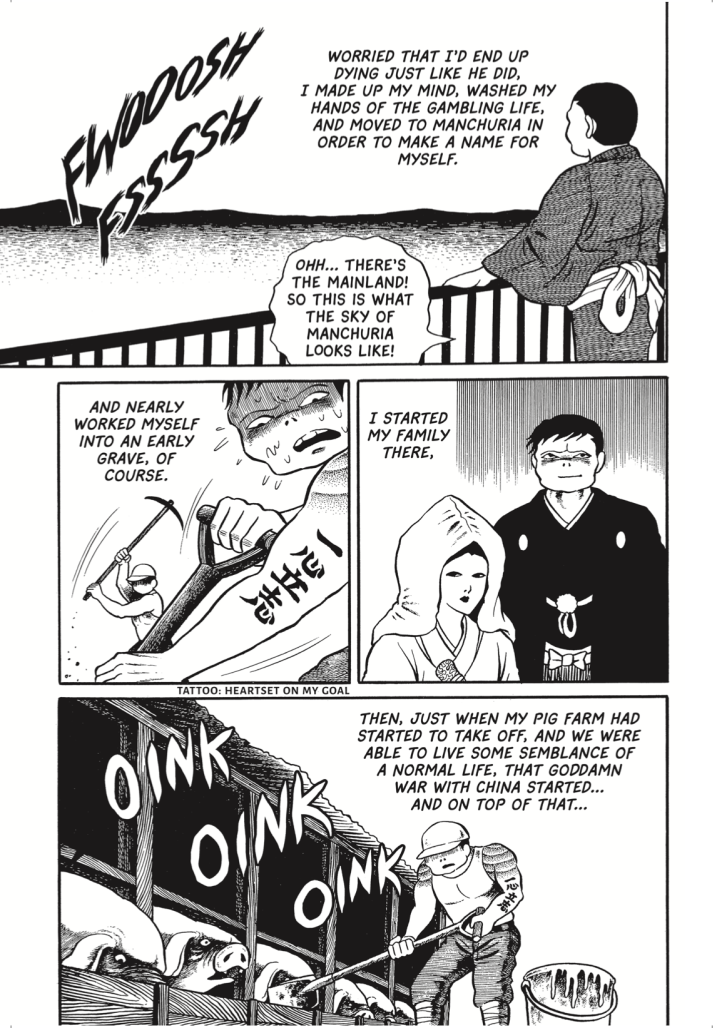
It’s been almost thirty since Panorama of Hell was published in English. For a work as monumental and singular in Japanese comics, it’s a crime that English-speaking audiences have not been allowed to be unsettled for that long. Star Fruit Books, thankfully, has rectified that with this gorgeous edition of Hino’s masterpiece. It includes the color pages that open the manga, setting an eerie tone for what’s to come. This edition of Panorama of Hell is larger than most modern manga. The larger size allows Hino’s art to really breath and for readers to appreciate his compositional choices.
Even 40 years after its original publication, Panorama of Hell remains a high-water mark for horror manga. There is nothing quite like the shocking imagery and rich thematic horrors that Hino creates in this book. It exists as much to terrify the audience as it does to condemn the world around it. That this book has remained out of print in the US for so long seems like a crime. Thankfully, now, modern audiences can once again experience the brilliant horror of a Japanese master.
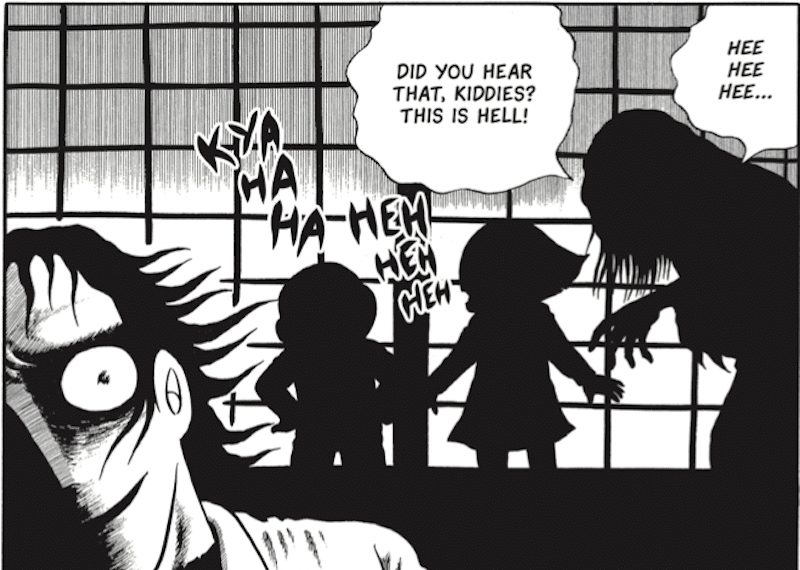
Panorama of Hell is now available from Star Fruit Books.


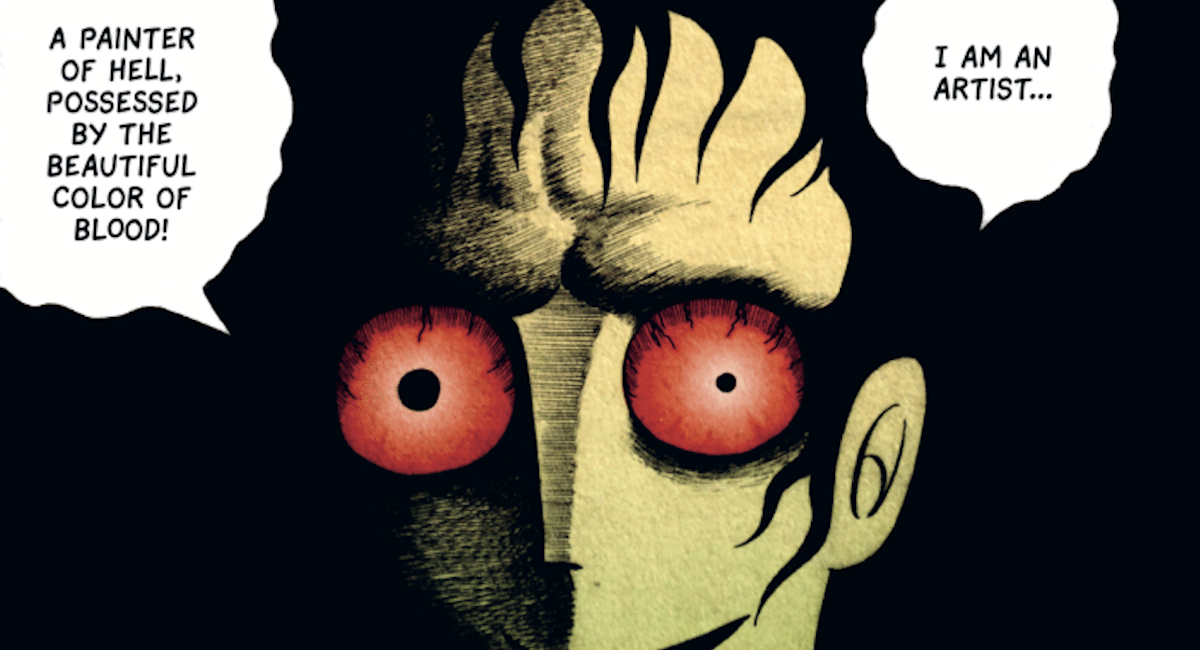
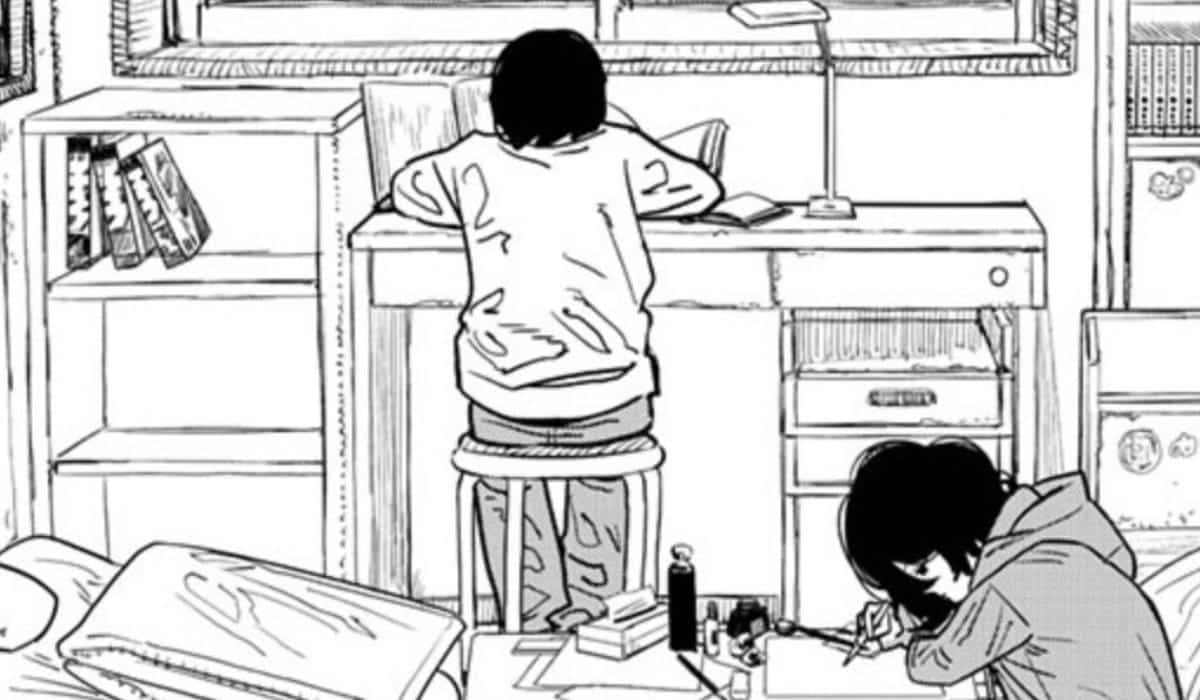

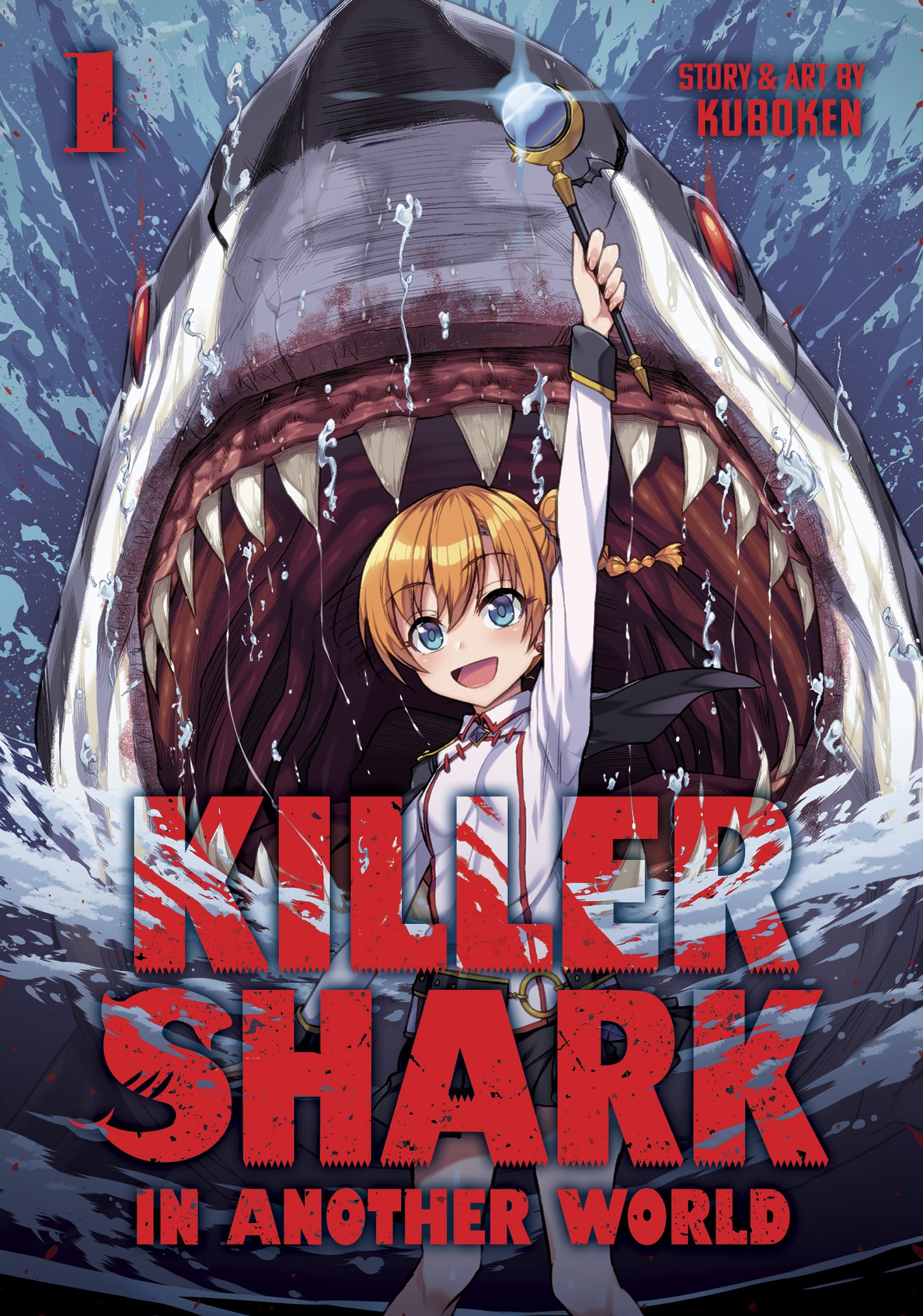


Has this book been released yet? I ordered this in September of 2022 and still have not received a copy
Comments are closed.